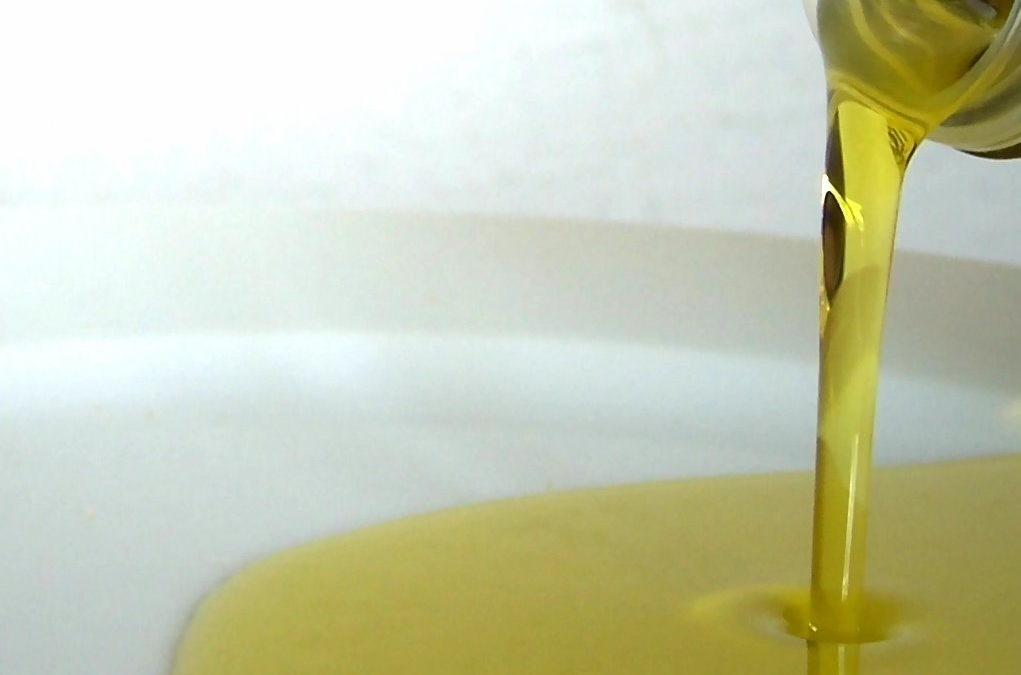Those Mediterraneans are on to something, with their fresh salads and drizzles of olive oil on everything. In fact, we could really learn a thing or two about life from them. Rich cheeses, olives, fresh fish, and a glass or two of wine each day? Sign us up!
But back to reality for a second. The real hero of Mediterranean fare is olive oil. Olive oil is the oil extracted from olives through a press that exerts hundreds of pounds of pressure on a layer of crushed olives. Oil collected in this manner and then bottled, unprocessed, is called “virgin olive oil” – the product that many of us already cook with every day.
While you’re probably already familiar with how to cook with olive oil, you may be surprised to learn some of these lesser known facts about olive oil.
1. Olive Oil Can Be Substituted for Butter
In some recipes, where butter is being used to saute meat or vegetables, you can easily swap out the butter for olive oil. You’ll have to adjust the spices you use, as butter lends a different flavor to a dish than olive oil does. But, it’ll get the job done just as well.
2. Olive Oils Can Vary Widely in Taste
Just like there are a wide variety of olives that vary in taste, those olives provide a wide range of flavors when they’re pressed to make olive oil. Most olive oils that you purchase off the supermarket shelf are created from a blend of a few different types of olives, and if you pay attention to different brands, you’ll notice distinct differences in the taste.
3. 70% of Extra Virgin Olive Oil is Fake
There’s a lot of talk about how olive oil manufacturers create mass market olive oil, and it’s thought that somewhere in the ballpark of 70% of olive oil marketed as “extra virgin” is actually not pure olive oil at all. And instead of using pure virgin olive oil, it’s mixed with a base of processed oils, creating a less than ideal flavor.
If you look around online, you’ll probably come across an olive oil test that will have you refrigerating your olive oil to see if it solidifies. This test, unfortunately, was proven inconclusive as a method of determining the purity of your olive oil by the University of California at Davis and there’s really no good way of testing it out yourself at home. The best option is just to know where your olive oil comes from by buying from local producers in small batches.
4. Olive Oil Can Go Bad
Olive oil can last up to two years if it’s stored properly and isn’t open. However, once olive oil is opened, it can go rancid fairly quickly. To make sure that your olive oil stays good as long as possible (about a year once it’s opened), but it’s going to be at its best for the first 2-3 months. Olive oil should always be stored in a cool area that’s away from heat and sunlight. This means not next to stoves, ovens, or microwaves. And keeping it away from windows is good too. If you use olive oil often, make sure to remember to place the top or cap back on, as allowing oxygen to get inside the bottle can also expedite the process of the oil going bad. Olive oil that’s gone bad will have a sour, rancid taste that’s easy to spot.
What oil do you cook with? Let us know all about it in the comments or on Facebook.
The Culinary Exchange can also be found on Twitter, Instagram, Pinterest, Google+ and YouTube.
Come On! Follow Along!






love this so far, very informative
Thanks Sue!